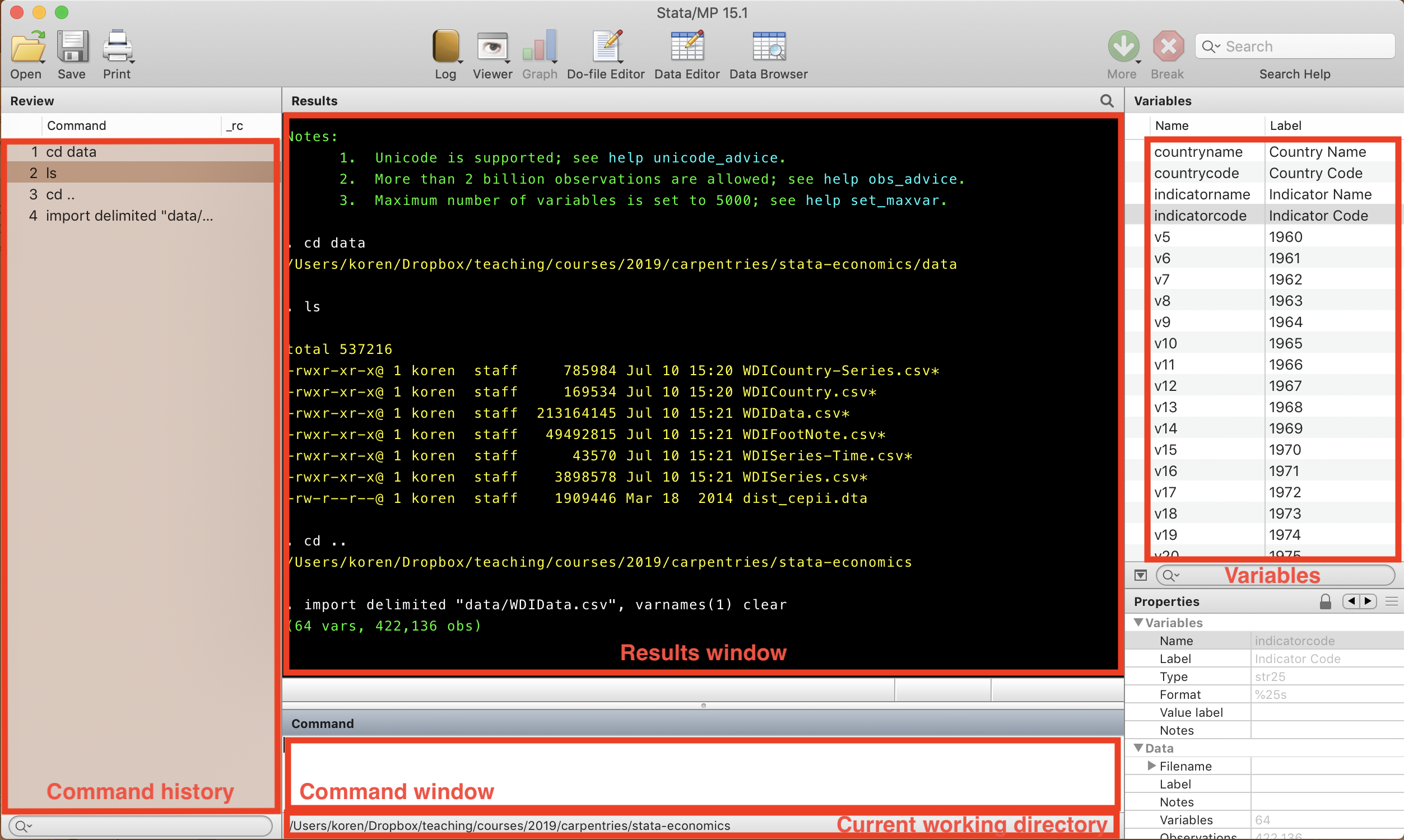
If we were to make 20 groups, then the option would be nq(20). After the comma, we specify the option nq(10), that tells astile to make 10 groups. These rankings are based on the values of an existing variable, mvalue. In the above command, we have created a new variable with the name size10.

#Sort stata download
In this example, we shall use the grunfeld data set and download it within Stata from the Stata server. ExamplesĮxample 1: Create 10 groups of firms based on thier market value

For example, the difference in time when used with bys and without bys is usually few seconds in a million observations and 1000 groups. astile handles group-wise calculations super efficiently. Unlike Stata’s official xtile, astile is byable. It’s speed efficiency matters more in larger data sets or when the quantile categories are created multiple times, e.g, we might want to create portfolios in each year or each month. For example, if we want to make 10 portfolios, values of the new variable will range from 1 to 10.Īstile is faster than Stata official xtile. astile creates a new variable whose values ranges from 1, 2, 3, … up to n, where n is the maximum number of quantile groups specified in the nq option. This will involve placing the smallest 10% firms in portfolio 1, next 10% in portfolio 2, and so on. For example, we might be interested in making 10 firm size-based portfolios.

Myaxis Make2 = Make, sort(mean mpg) descending
#Sort stata update
UPDATE 3 and 5 October 2021 A new helper command myaxis from SSC and the Stata Journal (see [ paper here) condenses the example here with tabstat: * set up data example Graph bar and graph dot are good at displaying summary statistics over groups, and the sort order can be tuned directly. If you collapse your data to a new dataset, you can then sort it as you please. Note: other strategies are sometimes better or as good here. tabstat mpg if foreign, s(mean) by(group) format(%2.1f) Now we can tabulate using the categories of the new variable. Optionally, work at the variable label of the new integer variable. (The idea is that the value labels become the "mask" that the integer variable wears.). We use the values of the original string variable as the value labels of the new variable. labmask (to be installed from the Stata Journal website after search labmask) is a helper here. There is a problem with this new variable: the values of the original string variable, here Make, are nowhere to be seen. If the opposite order is desired, as in this question, flip the grouping variable around. This variable is created to have value 1 for the group with the lowest mean (or other summary statistic), 2 for the next lowest, and so forth. As two groups could have the same mean (or other summary statistic), make sure you break ties on the original string variable. Map those values to a variable with distinct integer values. The work-around has several easy steps, some optional.Ĭalculate a variable on which you want to sort. Make here is like your variable industry: it is a string variable, so in tables Stata will tend to show it in alphabetical (alphanumeric) order.

You don't provide a reproducible example, so we need one. Tabstat does not offer such a hook, but there is an approach to problems like this that is general and quite easy to understand.


 0 kommentar(er)
0 kommentar(er)
